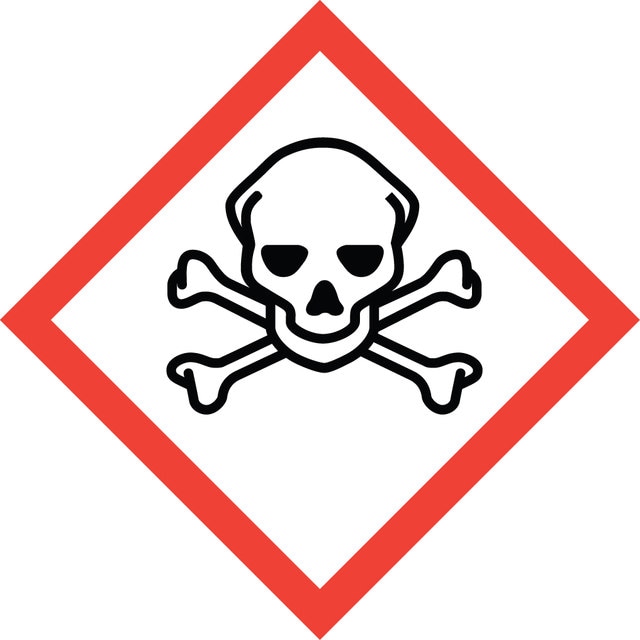Sign In to View Organizational & Contract Pricing
Select a Size
About This Item
Empirical Formula (Hill Notation):
C44H84NO8P
CAS Number:
Molecular Weight:
786.11
MDL number:
UNSPSC Code:
51191904
NACRES:
NA.25
Product Name
18:1 (Δ6-Cis) PC, 1,2-dipetroselenoyl-sn-glycero-3-phosphocholine, chloroform
Assay
>99% (TLC)
form
liquid
packaging
pkg of 1 × 2.5 mL (850374C-25mg)
manufacturer/tradename
Avanti Research™ - A Croda Brand 850374C
concentration
10 mg/mL (850374C-25mg)
lipid type
phospholipids
cardiolipins
shipped in
dry ice
storage temp.
−20°C
General description
18:1 (Δ6-Cis) PC (1,2-dipetroselenoyl-sn-glycero-3-phosphocholine) is a lipid derivative having a phosphocholine backbone. It also has two18 carbon fatty acid chains, each having one cis double bond at the 6th carbon.
The list of Phosphatidylcholine products offered by Avanti is designed to provide compounds having a variety of physical properties. Products available include short chain (C3-C8 are water soluble and hygroscopic), saturated, multi-unsaturated and mixed acid PC′s. All of the products are purified by HPLC, and special precautions are taken to protect the products for oxidization and hydrolysis.
Application
18:1 (Δ6-Cis) PC (1,2-dipetroselenoyl-sn-glycero-3-phosphocholine) may be used:
- to generate sn-1 C18:1(Δ6-cis)- lysophosphatidylcholine (LPC) and sn-1 C18:1(Δ9-cis)-LPC standards for structural characterization of lysophosphatidylcholine (LPC) species by tandem electrospray ionization-linear ion trap-mass spectrometry (ESI-LIT-MS)
- to study the effect on α-secretase activityin SH-SY5Y membrane
- in liposome to study the effect of its acyl chain length and bond saturation on pore formation
Biochem/physiol Actions
Phosphatidylcholine (PC) can form a hydrophobic surface in the mucus by acting as a surfactant to inhibit the penetrance of bacteria.
Packaging
5 mL Clear Glass Sealed Ampule (850374C-25mg)
Legal Information
Avanti Research is a trademark of Avanti Polar Lipids, LLC
Signal Word
Danger
Hazard Statements
Precautionary Statements
Hazard Classifications
Acute Tox. 3 Inhalation - Acute Tox. 4 Oral - Aquatic Chronic 3 - Carc. 2 - Eye Irrit. 2 - Repr. 2 - Skin Irrit. 2 - STOT RE 1 - STOT SE 3
Target Organs
Central nervous system, Liver,Kidney
WGK
WGK 3
Regulatory Information
危险化学品
易制毒化学品(2类)
This item has
Choose from one of the most recent versions:
Already Own This Product?
Find documentation for the products that you have recently purchased in the Document Library.
Inflammatory Bowel Disease
Integrative Medicine, 501-516 (2018)
Koldo Morante et al.
The Journal of biological chemistry, 290(17), 10850-10861 (2015-03-12)
The physicochemical landscape of the bilayer modulates membrane protein function. Actinoporins are a family of potent hemolytic proteins from sea anemones acting at the membrane level. This family of cytolysins preferentially binds to target membranes containing sphingomyelin, where they form
Marcus O W Grimm et al.
International journal of molecular sciences, 14(3), 5879-5898 (2013-03-15)
Alzheimer's disease (AD) is characterized by extracellular accumulation of amyloid-β peptide (Aβ), generated by proteolytic processing of the amyloid precursor protein (APP) by β- and γ-secretase. Aβ generation is inhibited when the initial ectodomain shedding is caused by α-secretase, cleaving
Felipe Gazos-Lopes et al.
PLoS neglected tropical diseases, 8(8), e3077-e3077 (2014-08-08)
Trypanosoma cruzi is the causative agent of the life-threatening Chagas disease, in which increased platelet aggregation related to myocarditis is observed. Platelet-activating factor (PAF) is a potent intercellular lipid mediator and second messenger that exerts its activity through a PAF-specific
Our team of scientists has experience in all areas of research including Life Science, Material Science, Chemical Synthesis, Chromatography, Analytical and many others.
Contact Technical Service
